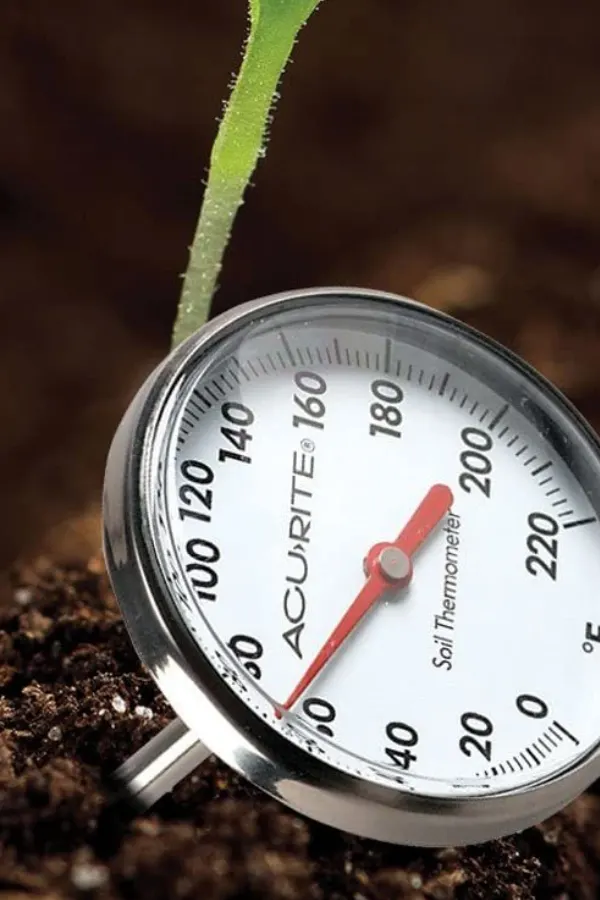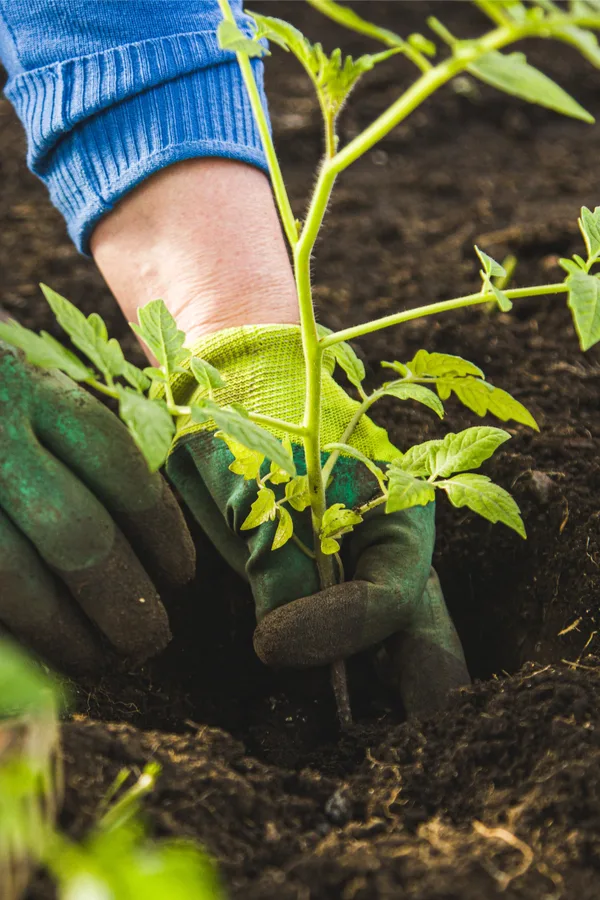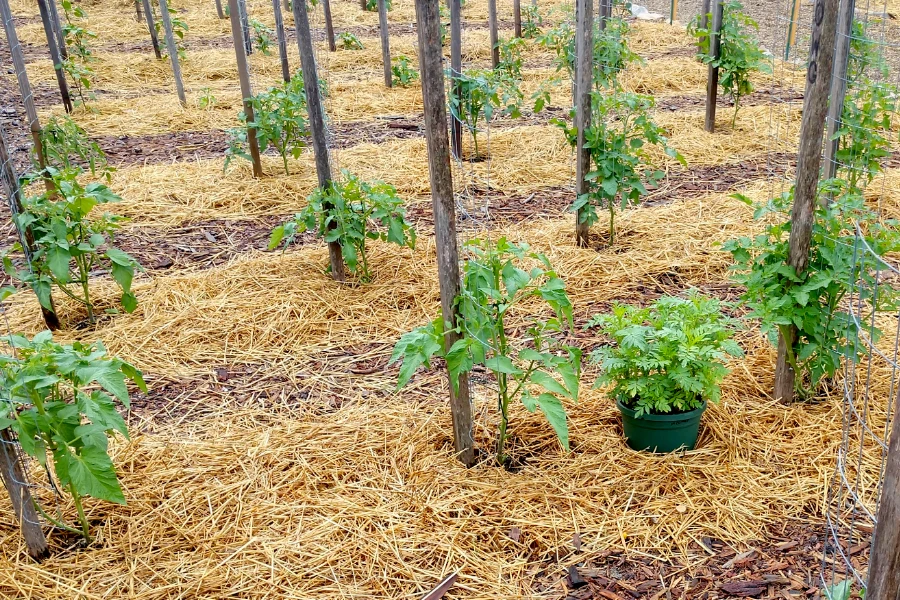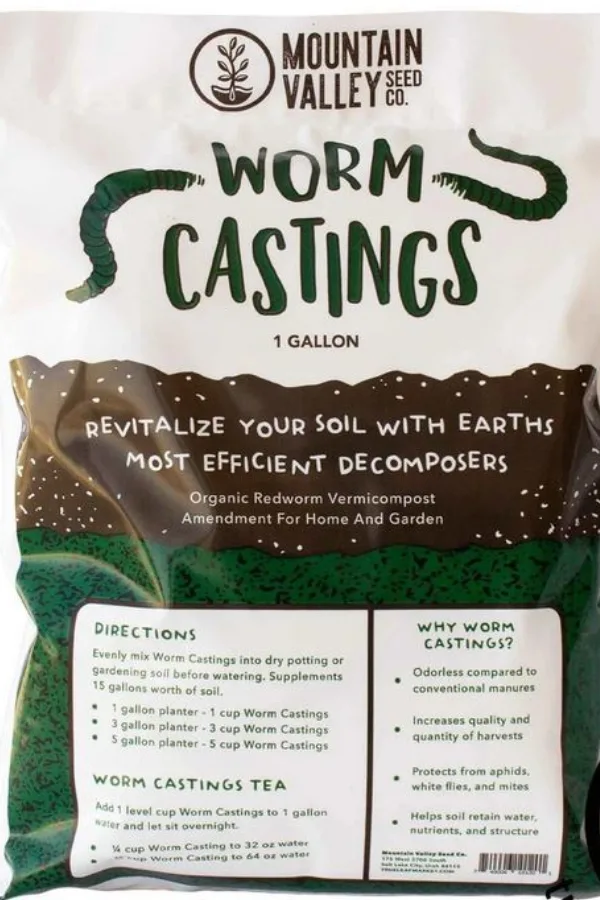Whether it’s planting tomatoes in a garden, raised beds or containers, there are a few costly planting mistakes that can really hold a crop back from reaching its full potential. And today, we are going to talk about how to avoid 7of the biggest planting mistakes to grow your best crop ever!
Tomatoes are one of the most beloved crops of all for the home vegetable gardener. But they can also be one of the most frustrating.
Whether it’s dealing with under-performing plants, pest problems, or disease, tomatoes can bewilder and frustrate even the most seasoned gardener. But by simply avoiding a few key planting mistakes early in the season, you really can set your tomato plants up for smashing success.
Here is a look at 7 key planting mistakes to avoid to grow your best crop of tomatoes ever this year!
The 7 Biggest Tomato Planting Mistakes To Avoid
#1) Planting Too Early
Nothing can spell disaster more for a tomato plant than going into the soil too early in the season. Planting in cold soil with cool air temperatures can lead to a whole host of problems for young tomato plants. Some of which, such as a frost or freeze, they may never fully recover from.

When young tomato transplants go into cold soil, their roots fail to develop. Instead, they go into a dormant-like state that can leave the plant vulnerable to mildew and rot.
Allow your soil to warm up to at least 60 degrees (Fahrenheit) to promote strong, early growth. Inexpensive soil thermometers are a great way to check the soil temperature, but as a general rule of thumb, allow at least 10 days of 70 degree weather to warm up your soil before planting. In addition, make sure night time temperatures are staying in the 50’s to keep the soil warm.
#2) Planting In The Same Soil – 7 Tomato Planting Mistakes
Tomatoes are extremely vulnerable to disease, especially soil-borne disease. They also require a large amount of nutrients from the soil for strong growth. Nutrients that are easily depleted when you continue growing the same crop in the same soil year after year.
Listen in to our podcast on How Grow The Best Tomatoes On The Block!
It is absolutely vital to rotate and move your tomato crop every growing season. In fact, tomato plants should never be planted in the same location for at minimum of 3 years. This keeps issues like tomato blight and black rot at bay. (See: 3 Simple Tricks To Avoid Tomato Blight)
If growing in raised beds, move plants to a new area of soil each season as well. And if planting in pots or containers, remove and replace the soil each growing season to keep your plants in healthy, productive soil.
Rotating your crop also allows the soil time to recharge and replenish important tomato growing nutrients like calcium, nitrogen, phosphorous and potassium. Without their presence in the soil, tomato plants simply won’t have the nutrition they need to develop.
#3 Not Planting Your Tomato Plants Deep Enough – 7 Tomato Planting Mistakes
This one is a big one for sure! A deep planting hole is extremely helpful for the long-term success of tomato plants.
Planting deep allows your tomato plants to develop an extensive underground root system. A strong root system not only anchors plants securely in the ground, it also creates a massive network of essential feeding tubes for your plants.
The simple fact is that the more roots your plants have, the more water and nutrients they can take in. When planting tomatoes, plant them down into the ground at least 6 to 8 inches deep. Even if it means burying a portion of the stem and a few leaves.

All of the tiny hairs you see along the stem of tomato plants actually will develop into roots when growing underground. We use a post-hole digger to create a wide 6″ x 8 – 10 inch deep hole.
A post hole digger is actually one of the best tools of all for creating great planting holes for all of your vegetable and flower transplants. In fact, we have written an entire article on that subject alone: See : The Easiest Way Ever To Plant A Garden – With A Post Hole Digger
Now that you have your planting hole deep enough, it’s time to avoid mistake number 4, not putting those supports in first!
#4) Failing To Put Tomato Stakes / Supports In Before Planting – 7 Tomato Planting Mistakes
One of the best things you can do for tomato transplants is to keep the soil around their roots free of foot traffic. Compacted soil compresses the root structure below the ground. And that spells little or slow growth for the plants above ground.
Always drive tomato stakes and supports in before planting. If you use wire cages or fencing, put them in as soon as you plant so you can easily slip them over the plant and not disturb the plant’s root structure below.
This sounds so simple, but it is easy to compact the soil and damage the roots below when installing cages days or weeks after planting. Not to mention, you leave your plant vulnerable to winds and damage if they grow too large before giving them support.
We use our homemade DIY low-cost tomato stake-a-cages to create simple but super strong tomato supports. They go in easy before planting, and make typing up the tomatoes and harvesting a breeze with their open front. (See video below)
#5) Failing To Give Your Plants Extra Nutrients In The Hole – 7 Tomato Planting Mistakes
Whatever you do, don’t just plant your tomatoes and cover them up with ordinary garden soil. Even the best of garden soil needs a boost when planting tomatoes.
To really power your tomato plants to early season growth, fill your planting hole with serious power. We use an equal mixture of compost and garden soil along with a few finely ground / crushed eggs shells, 1-2 tablespoons of coffee grounds, and 2 tablespoons of worm castings – in every single planting hole!
The compost, coffee grounds and worm castings give the perfect mix of slow-release nutrients to the plants. Meanwhile, the egg shells add calcium which helps to prevent blossom-end rot.
Last but not least, make sure to lightly break apart the roots of your transplant ball or square before planting. If the roots have balled around the soil in the container, they can have difficulty growing into the new soil. Simply pry from the bottom of the soil and gently break apart the roots as you plant them into the soil.
#6) Not Mulching Your Tomato Plants – 7 Tomato Planting Mistakes
If there is one thing you can do to really help your tomato plants to reach their full potential, it is providing them with a security blanket of mulch. Whether it is with straw, grass clippings or shredded leaves, providing a few inches of natural, organic mulch around your plants will pay big dividends all summer long.
Mulch helps to regulate soil temperature to keep roots from becoming stressed. More importantly, it also helps to prevent and suppress weeds. Weeds that can compete for the same resources your tomato plants need to grow and produce.
And if you really want to provide a boost, add a few inches of compost around the base of your plants. It is the ultimate power mulch. The compost will help insulate the soil as well, and leach down nutrients when you water or it rains.

#7) Water Those Transplants Deep – 7 Tomato Planting Mistakes
Finally, it all comes down to watering your plants right when planting. And, for the first few weeks after. Make sure your plants are hydrated well when they go in the ground. And over the first few days, watch them closely for signs that they might be drying out.
New transplants will often require a daily or every-other-day watering for the first week to 10 days while they establish in the soil. When watering, water deep, allowing the water to soak far into the soil. This will help the roots drive down looking for moisture.
Once plants are established, back off on watering to help the roots to continue to drive deeper. Too many frequent and light watering sessions for plants actually harm them. Unfortunately, with daily light watering, the plants roots learn to stay at the surface. When that happens, they begin much less durable to the elements.
Here is to avoiding the 7 most common tomato planting mistakes and to growing your best crop of tomatoes ever! Happy Gardening – Jim and Mary.
Jim and Mary Competti have been writing gardening, DIY and recipe articles and books for over 15 years from their 46 acre Ohio farm. The two are frequent speakers on all things gardening and love to travel in their spare time.
As always, feel free to email us at thefarm@owgarden.com with comments, questions, or to simply say hello! You can sign up for our free email list in the subscribe now box in the middle of this article. Follow us on Facebook here : OWG Facebook. This article may contain affiliate links.

